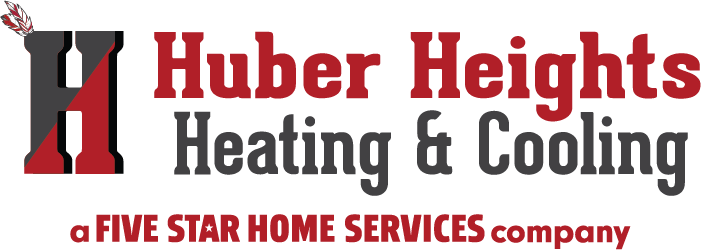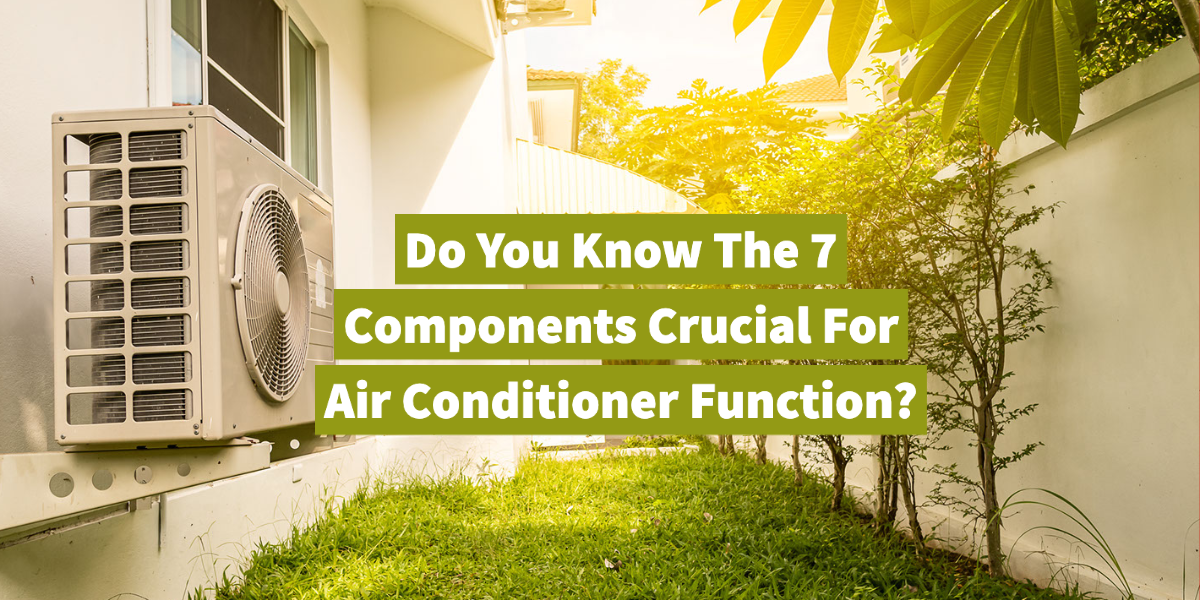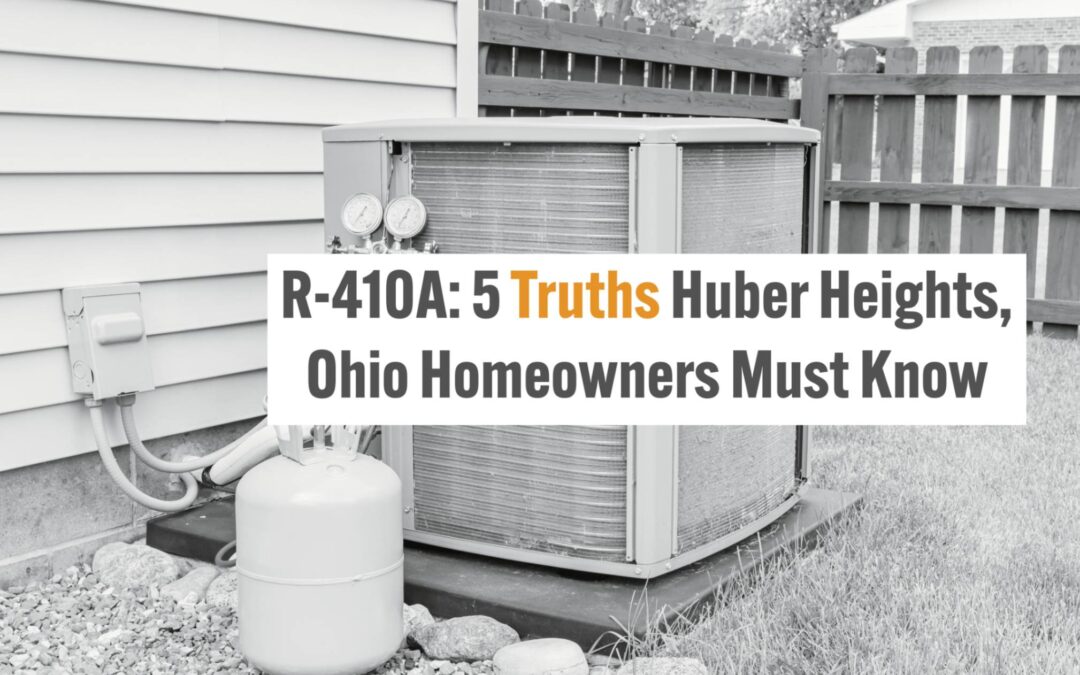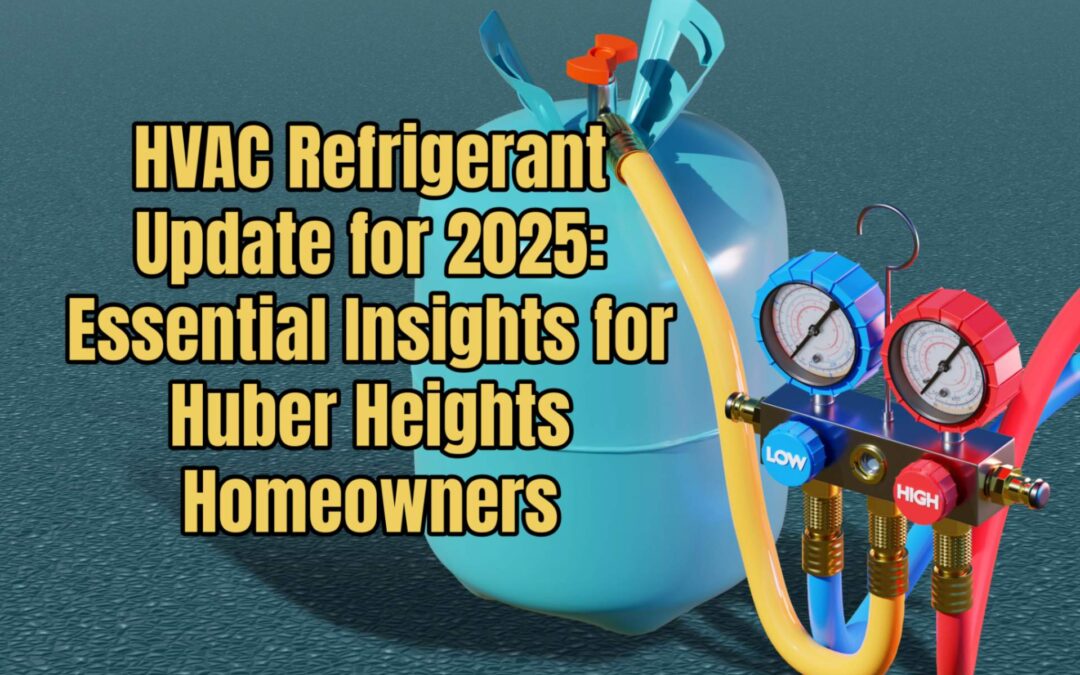With central air conditioners being a recognized household necessity across America, homeowners everywhere are all familiar with the advantages and comfort centralized air provides. It’s easy to think of the air conditioning system as one complete unit. While this isn’t wrong, centralized air is made possible due to a system of complex components that all work together to provide us with the relief we are so comfortable with. At Huber Heights Heating & Cooling, we think it’s important for homeowners to understand the seven air conditioning components and why they are crucial for your air conditioner to function. That way, you can spot trouble and proactively act before anything truly goes awry.
What Does the Thermostat Do?
The thermostat is the number one component most everyone is familiar with. Its control panel is easily recognizable as it is simply installed on a wall within the home. The thermostat is designed to function as the main controller to operate the various settings and temperatures of your residential HVAC system.
What Does the Evaporator Coil Do?
The evaporator coil takes in cold refrigerant from the expansion valve. While the refrigerant moves through the evaporator coil, it performs its purpose of absorbing unnecessary heat. The evaporator coil is located inside of or nearby your air handler.
What Does the Blower Fan Do?
This piece is positioned inside of the air handler. Its function is to work in conjunction with the evaporator coil so that when the evaporator coil does its job, the blower fan can blow cold air over the evaporator coil to help reduce the temperature to a lower degree. Once this is accomplished, the cold air is then directed toward your ductwork to be circulated throughout your home.
What Does the Air Filter Do?
Right before that cool is air guided into your ductwork, it passes through your system’s air filters. This is necessary to improve the air quality within your home. Without air filters, the air would be overloaded with airborne particles, allergens, and pollutants and circulated freely throughout the air you breathe. So, clean air filters are a crucial component to maximizing your AC’s efficiency and boosting air quality inside your house!
What Does the Compressor Do?
The primary goal of the compressor is to do just as its name indicates – compress! This component moves the refrigerant through the copper tubing from the evaporator coil we first talked about and then on to the condenser coil. Before the refrigerant reaches the compressor, it is in vapor form and warm. The job of the compressor is to compress it into a hot liquid.
What Does the Condenser Coil Do?
Once the refrigerant reaches the condenser coil, it jumps into action by removing any heat and ejecting it outdoors. Therefore, this component is located inside your outdoor unit.
What Does the Expansion Valve Do?
The expansion valve is in the middle of the condenser and evaporator. At the point that the refrigerant is converted to liquid form, it no longer contains the ability to absorb heat. So the expansion valve enforces its role by applying a bit of pressure to the refrigerant when it enters the valve, which results in the refrigerant converting to gas form. Because of this, the gaseous substance is rapidly cooled off and continues its travels to the evaporator coil. This is where the air conditioning cycle starts all over again.
Knowing each of these components and understanding their purpose may not seem necessary to you now. But it can be beneficial down the road. If you need immediate assistance with your AC unit, call Huber Heights Heating & Cooling today at (937) 226-9675, or schedule an appointment online now by clicking here!







